Elastic surface waves pumping is realized by a smart pillar-type metasurface.
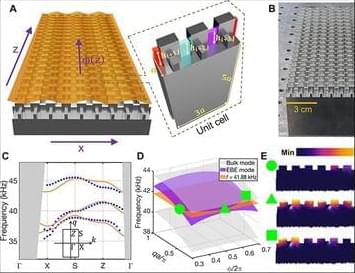

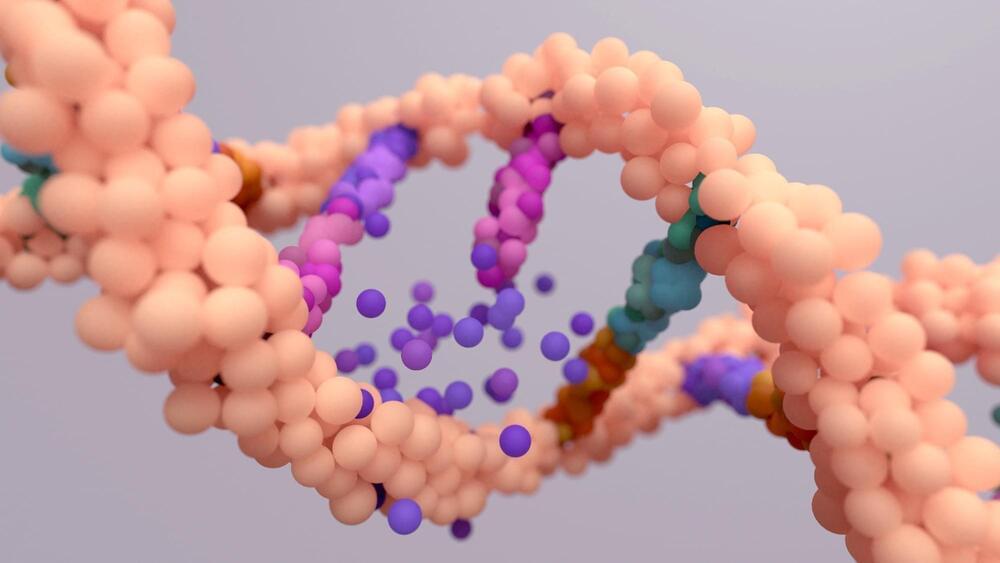
An important objective of medical research is to identify the underlying molecular mechanisms of human brain health and diseases.
This objective has been predominantly achieved through observational studies of gene expression in human brain tissues obtained from post-mortem brain donors for their analysis. Importantly, many of these studies are based on the assumption that gene expression in the post-mortem human brain is an exact representation of gene expression in the living human brain.
A recent study published on the medRxiv preprint server challenges this assumption by comparing human prefrontal cortex gene expression between living and post-mortem samples.
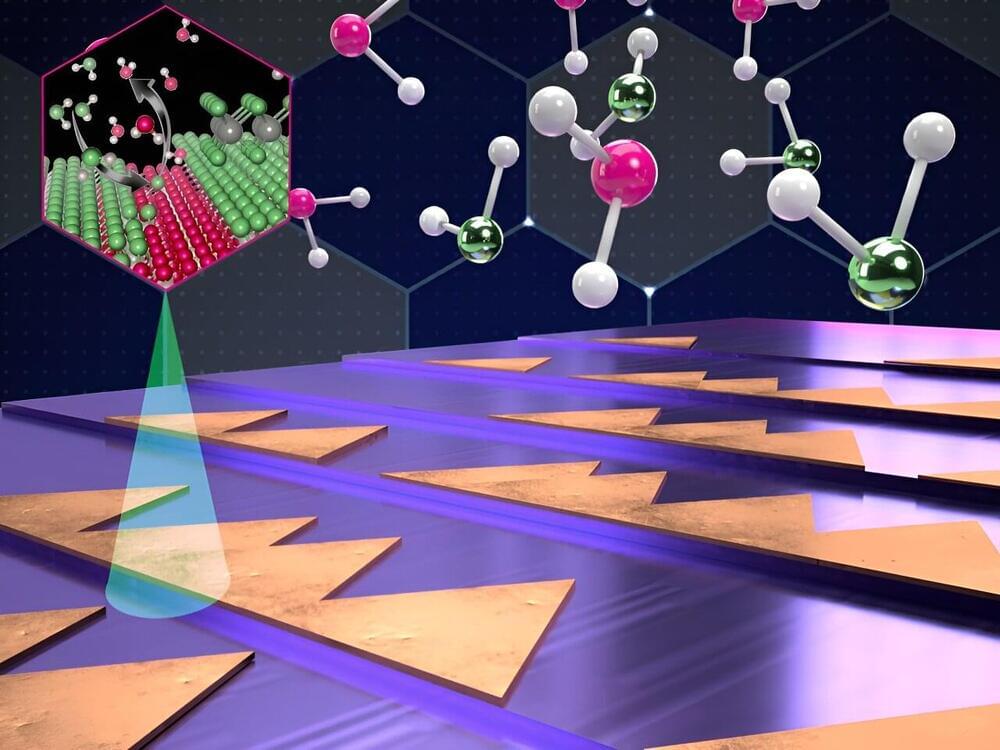
The next generation of 2D semiconductor materials doesn’t like what it sees when it looks in the mirror. Current synthesizing approaches to make single-layer nanosheets of semiconducting material for atomically thin electronics develop a peculiar “mirror twin” defect when the material is deposited on single-crystal substrates like sapphire. The synthesized nanosheet contains grain boundaries that act as a mirror, with the arrangement of atoms on each side organized in reflected opposition to one another.
This is a problem, according to researchers from the Penn State’s Two-Dimensional Crystal Consortium-Materials Innovation Platform (2DCC-MIP) and their collaborators. Electrons scatter when they hit the boundary, reducing the performance of devices like transistors. This is a bottleneck, the researchers said, for the advancement of next-generation electronics for applications such as Internet of Things and artificial intelligence. But now, the research team may have come up with a solution to correct this defect. They have published their work in Nature Nanotechnology.
This study could have a significant impact on semiconductor research by enabling other researchers to reduce mirror twin defects, according to lead author Joan Redwing, director of 2DCC-MIP, especially as the field has increased attention and funding from the CHIPS and Science Act approved last year. The legislation’s authorization increased funding and other resources to boost America’s efforts to onshore the production and development of semiconductor technology.
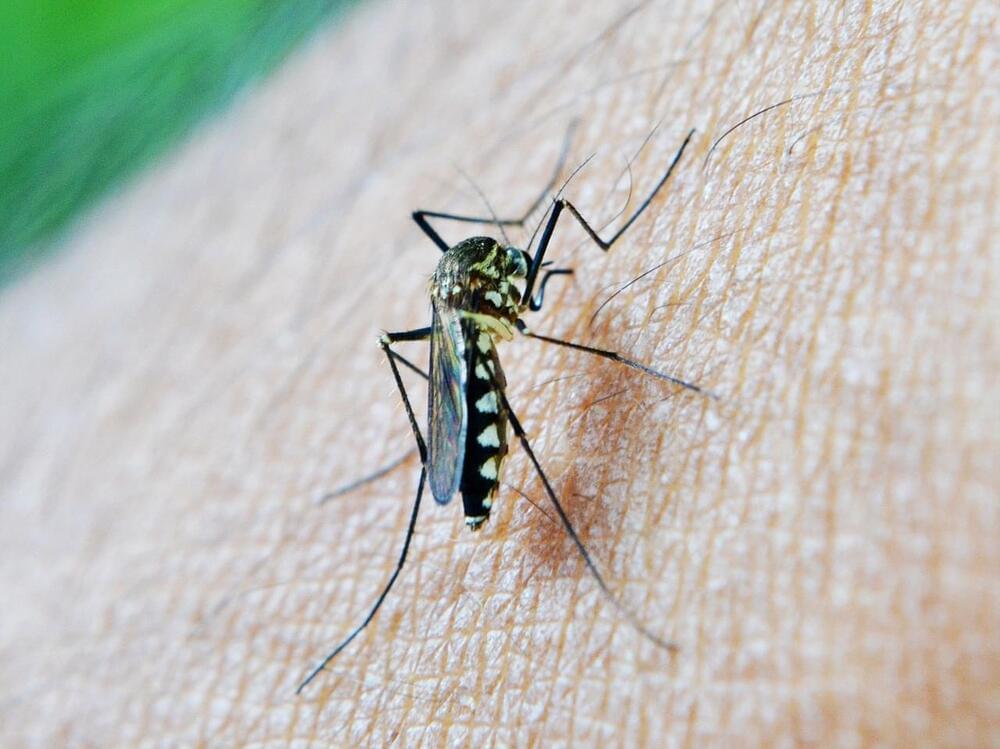
Malaria is a possibly fatal disease caused by a parasite transferred by mosquitos to humans. Common symptoms include fever, chills, and flu-like traits. According to the Centers for Disease Control (CDC), around 2,000 cases of malaria are diagnosed in the United States per year. The diagnosis is common in individuals coming back from Africa or Asia. On a global scale, about 700,000 people die from malaria, and most are children. However, death from malaria can usually be prevented with early detection and proper medical care. Researchers are trying to proactively target malaria by developing a new vaccine using genetic material.
Researchers from the Victoria University of Wellington’s Ferrier Research Institute, the Malaghan Institute of Medical Research, and the Peter Doherty Institute for Infection and Immunity have all worked together to develop a vaccine that can effectively stimulate cells in the immune system against malaria-causing parasite, Plasmodium. The vaccine, described in Nature Immunology, is designed to generate resident memory cells in the liver to combat Plasmodium. Resident memory cells are a type of immune cell that reside in tissues throughout the body to target invading pathogens that enter those tissues.
The vaccine is made with messenger ribonucleic acid (mRNA), as opposed to peptides or proteins. The difference between the two is the type of material delivered by the vaccine. Peptide-based vaccines use peptides from the virus to elicit an immune response. Alternatively, mRNA vaccines use mRNA extracted from the virus. In this study, the researchers originally used a peptide-based vaccine but recently found mRNA improves the activation of resident immune cells to kill malaria-based pathogens. The treatment result was significant between the two types of vaccines because the peptide-based vaccine had small fragments of protein and could not stimulate the immune system effectively, while the mRNA could encode for an entire malaria protein.

A recent study posted to the medRxiv preprint server investigates the association between the circulating proteome and brain health.
Study: The circulating proteome and brain health: Mendelian randomisation and cross-sectional analyses. Image Credit: Abduramanova Elena / Shutterstock.com.

 *Important notice: medRxiv publishes preliminary scientific reports that are not peer-reviewed and, therefore, should not be regarded as conclusive, guide clinical practice/health-related behavior, or treated as established information.
*Important notice: medRxiv publishes preliminary scientific reports that are not peer-reviewed and, therefore, should not be regarded as conclusive, guide clinical practice/health-related behavior, or treated as established information.
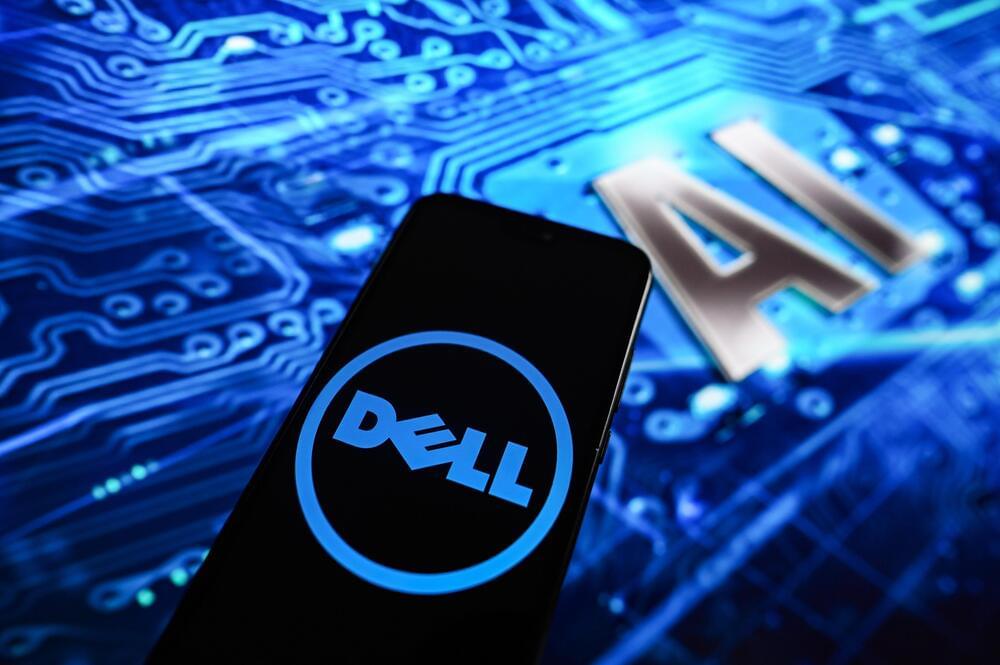
Generative AI, in particular, is placing new demands on IT teams across nearly every industry. The GPUs required for generative AI are expensive and power-hungry, and you may need many. Aligning storage to keep those data-hungry GPUs fed requires adopting new technologies, such as NVIDIA’s GPUDirect, that enable applications to transfer data from primary storage directly into the GPU’s memory. The software stack looks unlike nearly anything else in enterprise IT. The list goes on and on.
Dell Technologies and NVIDIA are working together to reduce the complexity of building and deploying infrastructure for Generative AI. The two companies announced Project Helix earlier this year at Dell Technologies World, which Dell described as delivering full-stack solutions with technical expertise and pre-built tools based on Dell and NVIDIA infrastructure and software.

Will they replace human cosmetics workers?
A report by CBS News.
The article outlined several AI firms that have entered the industry and shared their point of view on its progress.
A report by CBS News published on Tuesday highlighted how the global market for artificial intelligence (AI) in beauty and cosmetics is currently a multi-billion-dollar business that sees machines undertake tasks once reserved only for humans.
Frustration with salons
Co-founder and CEO of a San francisco-based startup called Clockwork Renuka Apte said that the idea to use robots for cosmetic procedures came about because of her own frustration with salon appointments.
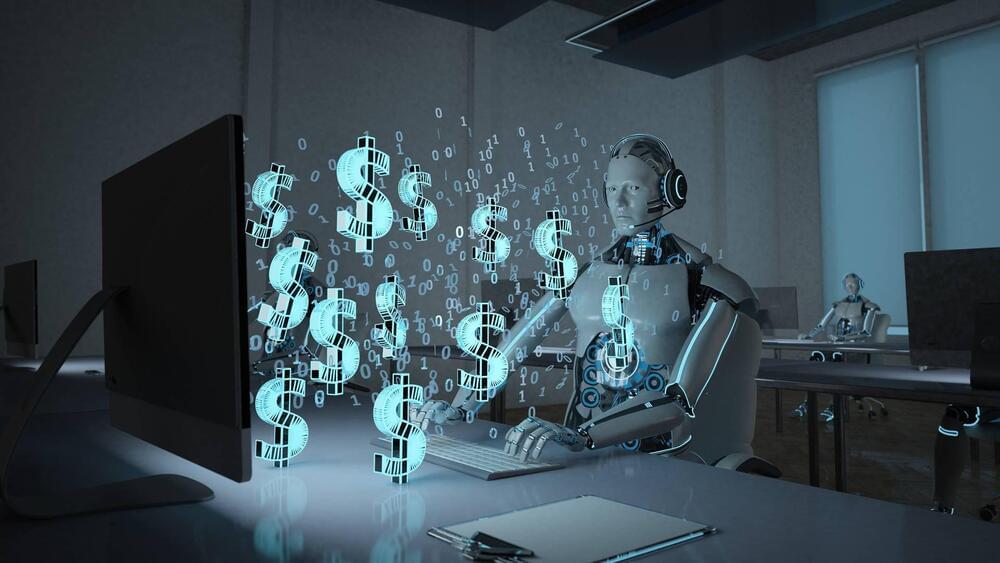
It turns out robots have a ‘U-shaped’ effect on profits.
Researchers from the University of Cambridge have found that investment in robots can cause a firm’s profits to first decline before rising again, resulting in a so-called ‘U-shaped’ effect on profits.
This is according to a report by TechXplore published on Thursday.
The study was based on industry data from the UK and 24 other European countries between 1995 and 2017. The research found that low levels of adoptions coincided with negative profit margins however higher levels led to successful profits.

The machines have been tested and found more than competent.
China will soon allow intelligent robotic systems and platforms to provide maintenance services for the nation’s Five-hundred-meter Aperture Spherical Radio Telescope (FAST), dubbed as the ‘China Sky Eye’ and known as the world’s largest single-dish radio telescope, the China Media Group (CMG)
The news was reported by CGTN after the robotic systems passed several tests ensuring they were ready for this lofty task.
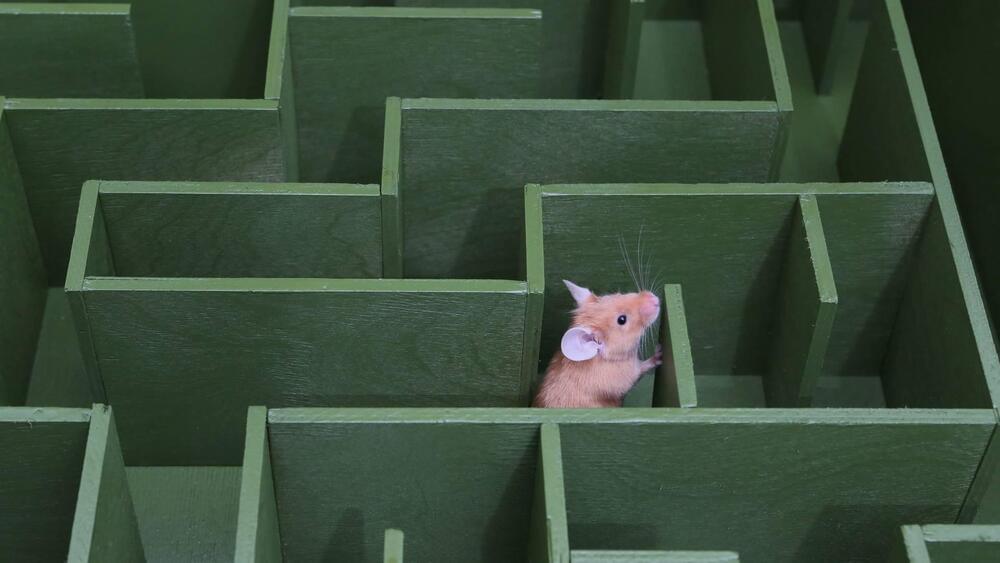
A new robotic headgear allows mice to move freely while being attached to heavy and cumbersome brain-recording machinery, allowing scientists to track their brain activity in motion, according to a new report by Spectrum published on Thursday. The development could have major implications in neuropathy and other sciences of the brain.
Under normal circumstances, researchers analyze brain activity in an awake mouse by fixing the animal’s head in a stiff unmovable position beneath a microscope. This however severely limits the mouse’s range of motion and therefore does not produce accurate results.
As Ted Abel, chair of neuroscience and pharmacology at the University of Iowa in Iowa City, who was not involved in the study, explained to Spectrum, this approach is not conducive to usable outcomes.